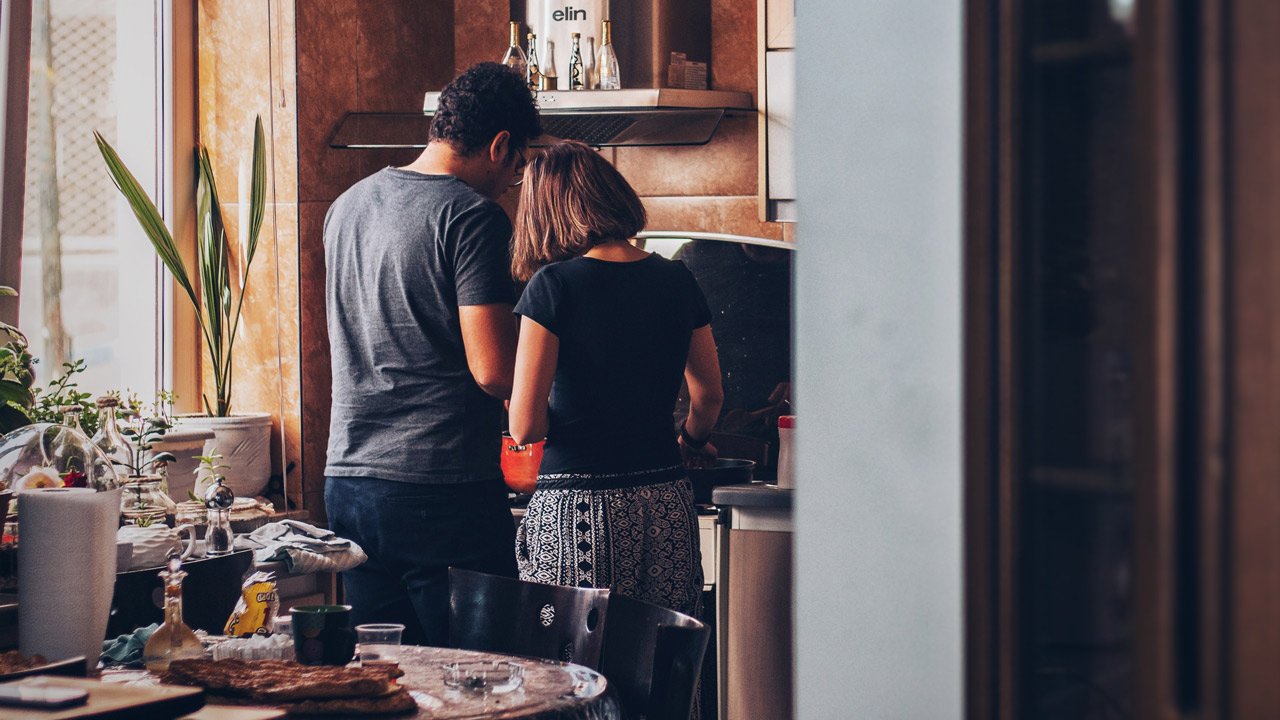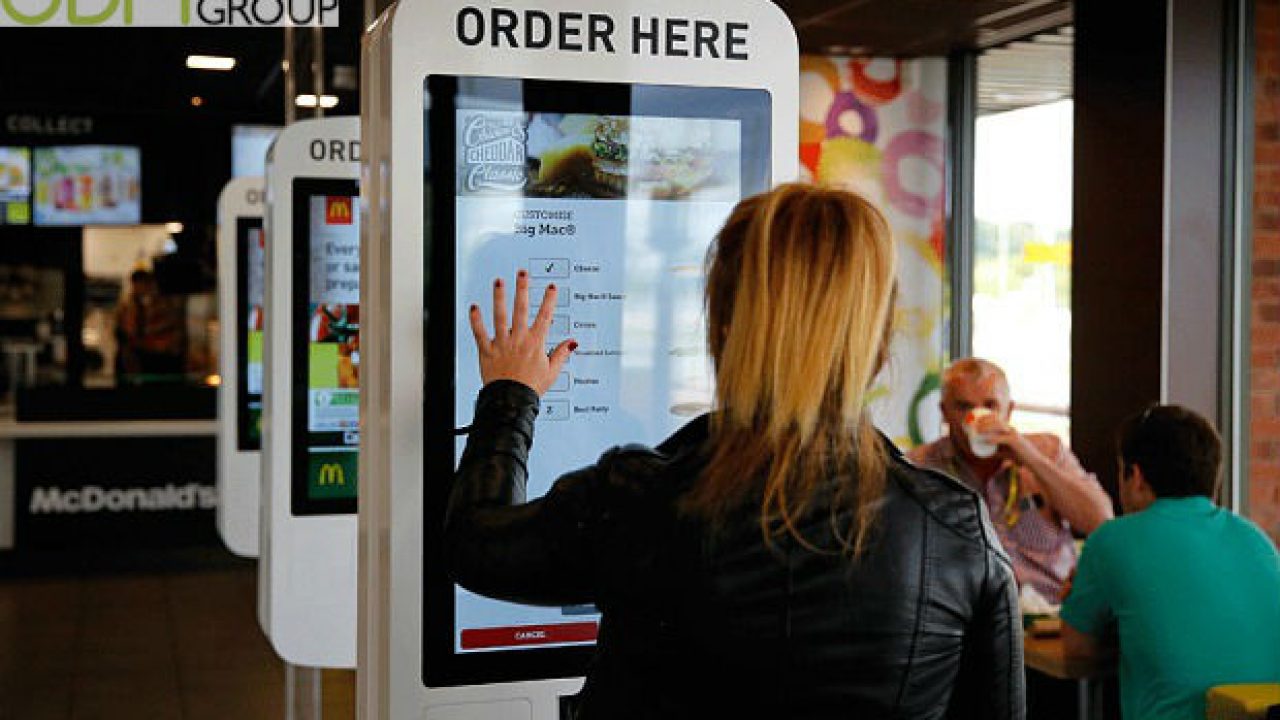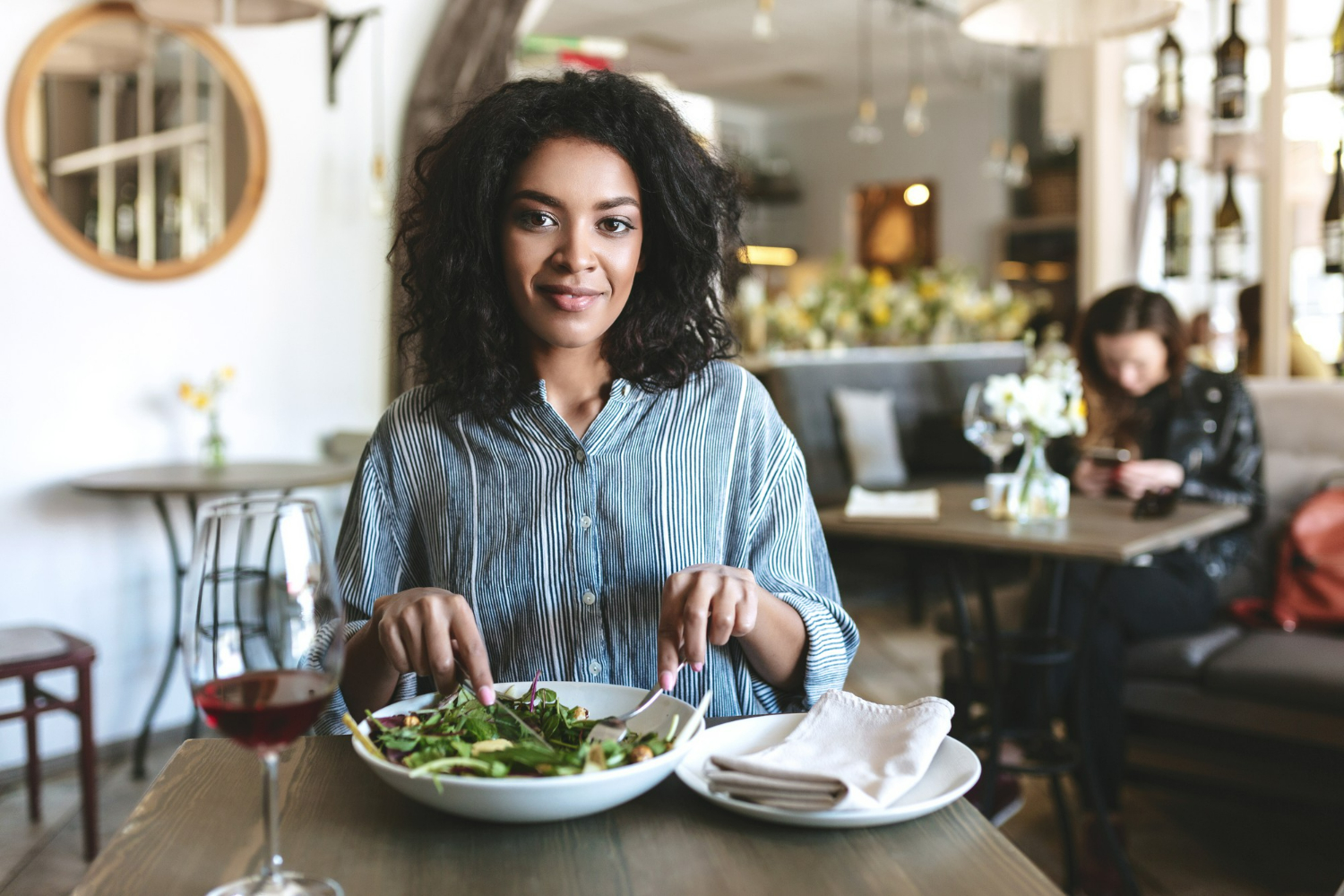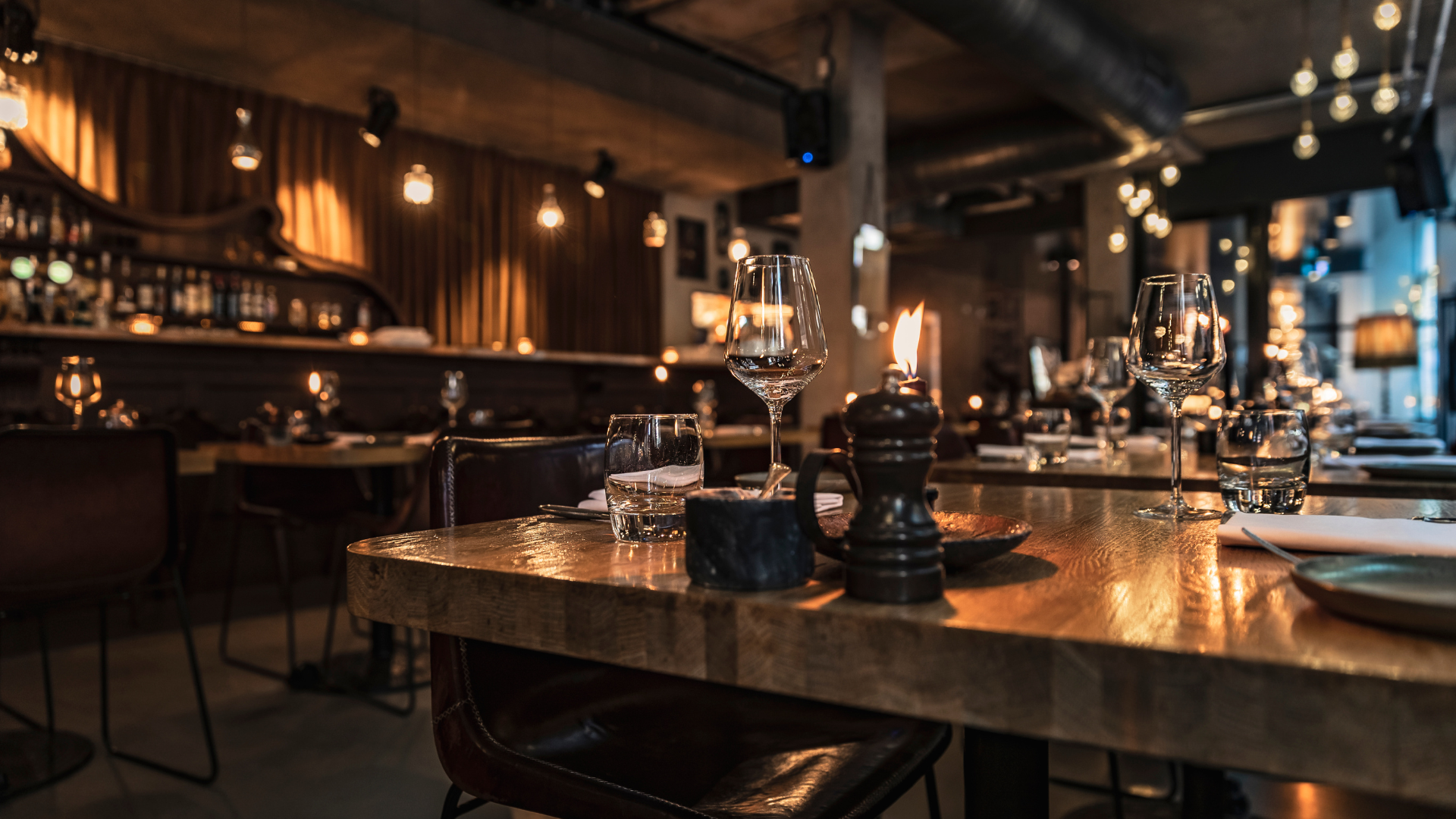With the cost of living increasing, most consumers are paying closer attention to their spending habits. One of the first places people look to when cutting costs is their food expenditure, which, unfortunately for food businesses, means less dining out and fewer takeaways. In fact, 28% of British consumers are ordering fewer takeaways, while just under a third (32%) reported having to cut back on eating out.
However, tightening the purse strings has also compelled many consumers to get creative. This has led to the growing “fakeaway” trend: where instead of going without their favourite takeaway meals, people have decided to try their hand at making them themselves.
The global COVID-19 pandemic has also played a huge part in this rise – Google Trends data shows clear correlation between the start of the pandemic, subsequent UK lockdowns and large spikes in online searches related to fakeaways and home cooking topics:
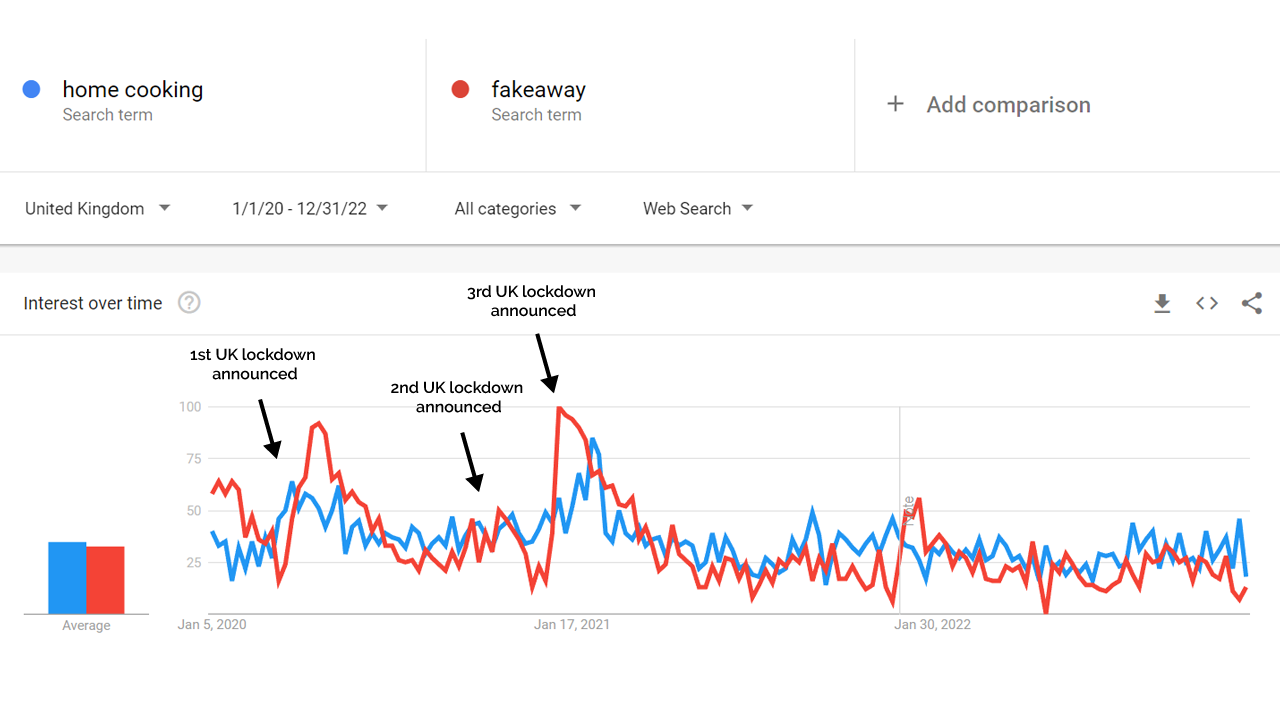
In this post, we’ll take a closer look at the fakeaway phenomenon and ways your business can benefit from it.
So, what is a fakeaway?
A fakeaway is a takeaway-style meal that’s been prepared at home instead of being purchased at a food venue. Consumers are flocking to the fakeaway trend because it’s a way for them to enjoy their favourite takeaway food while saving money and, in many cases, better looking after their health.
Why are fakeaways becoming popular?
Fakeaways are growing in popularity for several reasons.
- They’re cheaper: First and foremost, preparing a fakeaway meal often costs less than buying its takeaway equivalent. Better still, consumers can cook larger quantities and keep additional portions for future meals, reducing food waste.
- They’re healthier: Fakeaways are popular with people that are health-conscious as well as price-conscious, as they get to enjoy healthier versions of their takeaway favourites. Also, even if the fakeaway version isn’t that much healthier, the fact they’re in control of preparing the meal, and what goes into it, creates the perception that it’s healthier.
- Increased satisfaction: Consumers gain a certain amount of satisfaction and pride from preparing their own meals. They get to develop their cooking skills and confidence in the kitchen – plus cooking itself is an activity that couples and families can enjoy together.
Six ways to capitalise on the fakeaway trend
Even though the entire point of fakeaway is to avoid ordering takeaway food, there are still plenty of ways to use the fakeaway trend to promote and grow your food venue – here are some of them:
1. Offer discounts and promotions to make your takeaway more affordable

As one of the main benefits of a fakeaway is its lower price, devise ways to make your food cheaper for your customers. This could include discount vouchers with each order or launching a loyalty scheme that gives your loyal customers bigger savings. It’s also an excellent idea to run promotions on particular days, so customers can create a routine around when they treat themselves to something from your menu.
2. Make it easier for customers to order from your website
Reduce the friction it takes for customers to order items from your menu by giving them as many ways to purchase as possible – such as a dedicated website. Your very own website is not only a great way to generate more orders, but also an excellent way of growing brand awareness online.
3. Launch a smartphone app
With over half of internet traffic coming from smartphones and tablets, it’s important to make sure that your growing number of “mobile-first” customers can easily order from your menu on their mobile devices. Just like your own website, a smartphone app allows customers to order and pay for food out of comfort of their own home. Plus, you can keep in touch with your customers by sending latest deals and discounts with push notifications or SMS marketing.
Psst, did you know you can build a food ordering website and a smartphone app with Grafterr in 3 simple steps – for free?
4. Include healthier food options in your menu
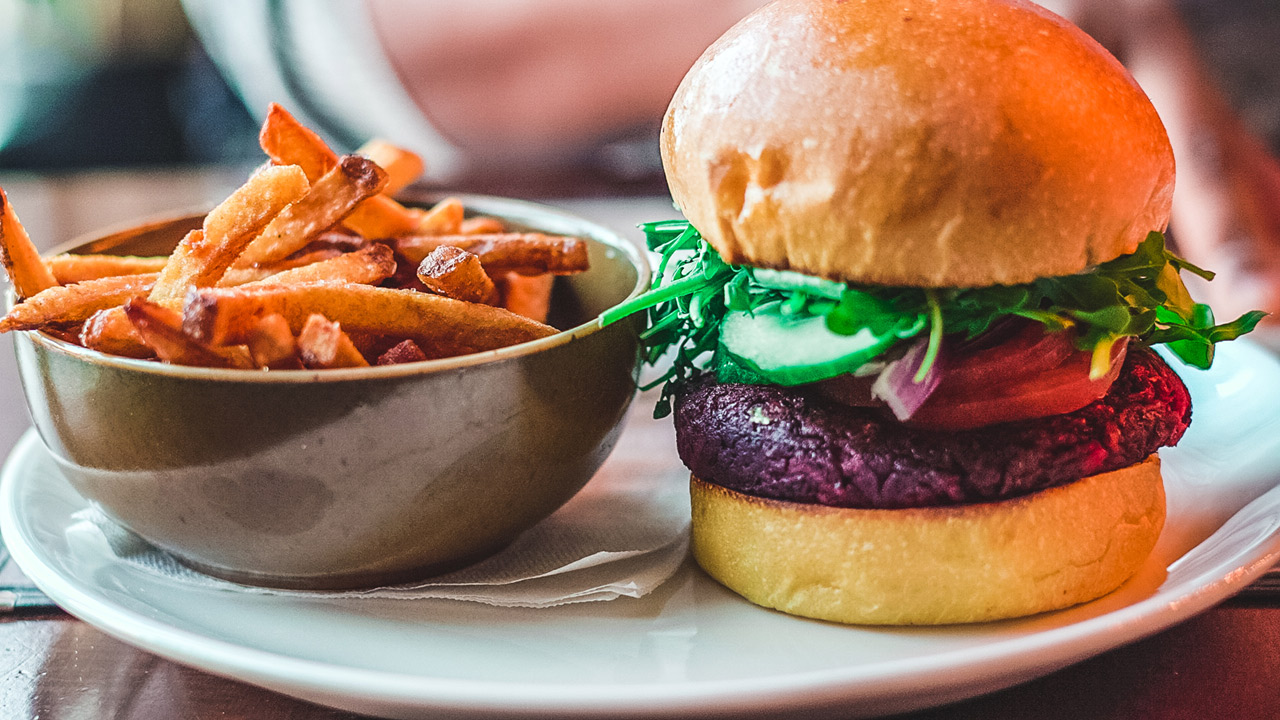
With some people cutting back on takeaways for health reasons, it’s wise to offer a few healthy options on your menu. These could be “light” versions of existing favourites or entirely new menu items. Similarly, to appeal to as many potential customers as possible, include a few vegetarian, and possibly vegan options, too.
Here are some ideas:
- Offer plant-based alternatives to chicken, burger patties and sausages
- Add healthier side options: salads, raw veggies, other non-processed foods
- Offer sugar-free drink options as well as freshly prepared juices/smoothies
- Replace your cooking oil with healthier alternatives, such as olive or coconut oil
- Work with local bakeries or individuals to provide healthier, home-made cakes and breads (or start making them yourself!)
5. Turn your most popular recipes into fakeaways (and share them with the world)
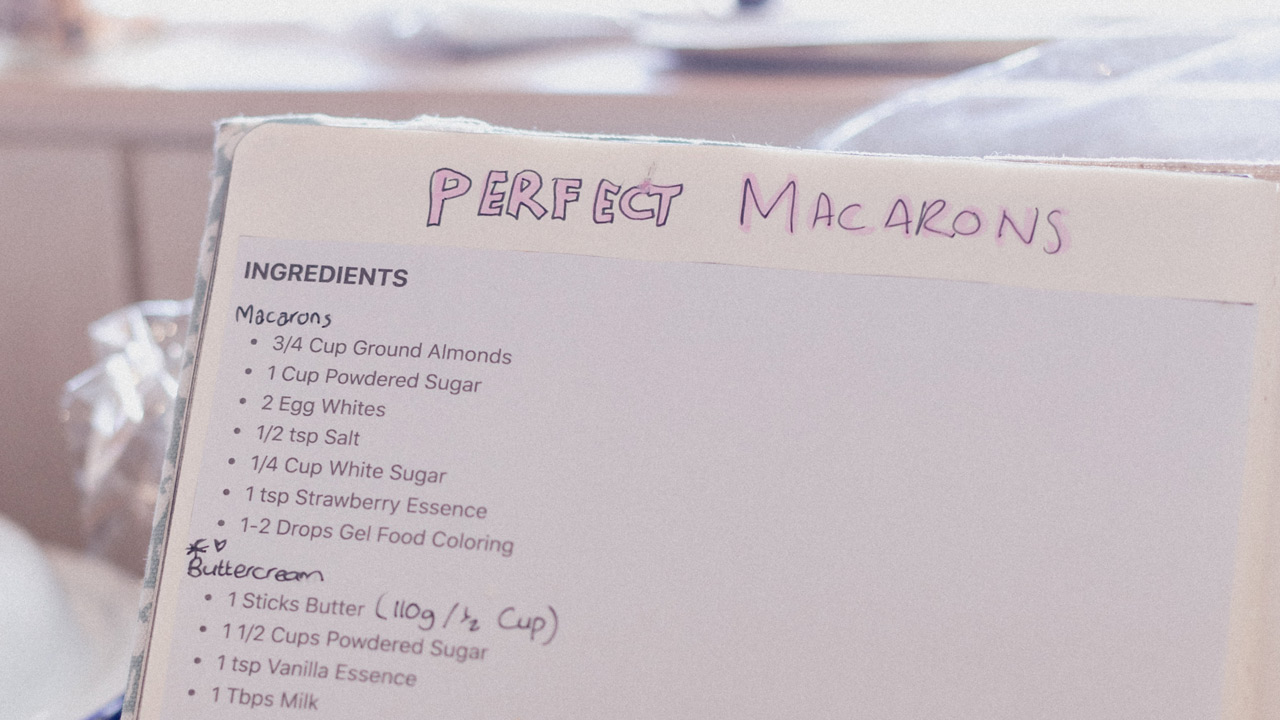
Now, this might sound a little counter-intuitive, but creating your own fakeaway recipes based on your menu is an excellent way to engage with your customers.
Firstly, it shows that you empathise with their current situation – and want to help them. This strengthens your customers’ connection with your food venue and increases their loyalty towards your brand.
Secondly, if you decide to post the recipes on social media, it can become a great online marketing tool and can help boost awareness of your business. Instagram, TikTok and YouTube are excellent platforms for sharing short-form recipe videos (think 15 to 60 seconds long) and require only a smartphone and a bit of creativity to get started.
6. Create your own fakeaways based on popular items from major food chains
Your fakeaway ideas don’t have to end with your own menu: you can create recipes based on famous meals from major fast food chains. Introducing a healthy twist to a popular fast food item is also an excellent online marketing opportunity: it not only gives you more opportunities to engage with your customers online, but also ensures that you’re the first food venue that comes to mind next time they’re in the mood for a takeaway.
